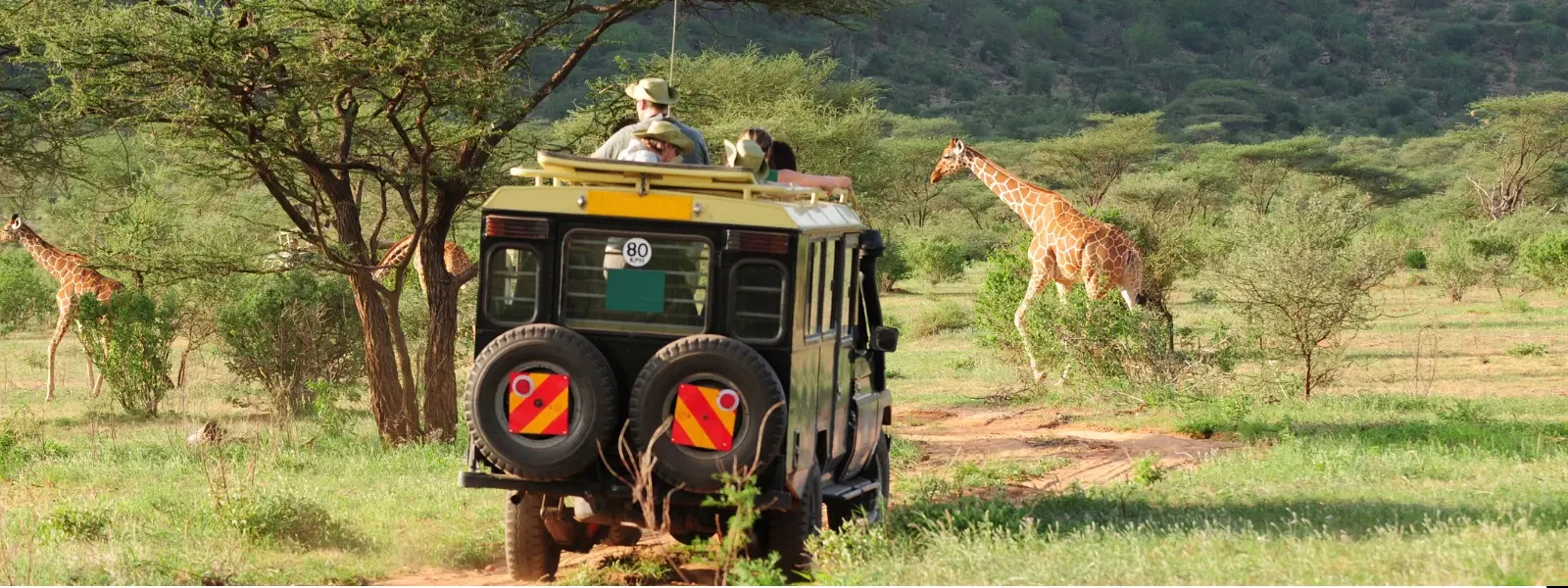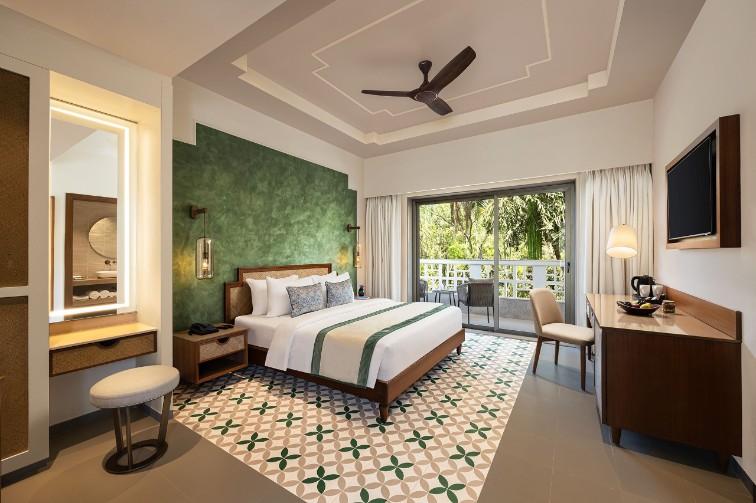
Hotels
•04 min read

Kenya stands out as one of the world’s top safari destinations, celebrated for its breathtaking wildlife, diverse landscapes, and the iconic Great Migration. In this post, you'll discover the best time to visit Kenya safari based on your preferences, interests, and budget. Whether you're a nature enthusiast eager to witness the Great Migration or a budget traveler looking for the cheapest time to go, this guide demystifies the ideal season for Kenya safari and details everything from weather variations and key events to the best accommodations near Kenya safari parks.
Kenya's weather is broadly divided into the dry and rainy seasons. The dry periods offer excellent conditions for wildlife viewing, clear skies, and accessible roads. On the other hand, the rainy seasons provide lush, green landscapes and fewer crowds but may challenge visibility and travel conditions. Utilizing a reliable Kenya safari weather guide helps in planning the perfect journey ensuring you experience wildlife when they are most active.
The Great Migration in the Masai Mara is one of nature's most extraordinary events. This annual movement of millions of wildebeest, zebras, and gazelles attracts global travelers. Knowing the best time to visit Kenya for Migration is crucial as it transforms a regular trip into a bucket-list experience filled with awe-inspiring moments.
This period is highlighted by abundant wildlife sightings and excellent game viewing opportunities. During these months, parks like Amboseli and Samburu come alive with activity. With pleasant weather and a vibrant ecosystem, January and February serve as top Kenya safari destinations that promise a comfortable yet exciting adventure.
Travelers opting for March to May will enjoy the benefits of dramatically fewer crowds and a strikingly lush landscape. The downside, however, can be muddy roads and reduced visibility. Despite these challenges, this period is ideal for those interested in birdwatching safaris and a more serene, off-peak experience while still enjoying Kenya's natural beauty.
The long dry season from June through October is considered by many as the best time to visit Kenya safari. With ideal weather conditions, animals congregate around water sources which enhances wildlife density and game viewing opportunities. The peak of the Great Migration in Masai Mara occurs during July, August, and September, making these months the best for a memorable safari adventure.
Often underrated, the short rainy season offers a quieter atmosphere with discounted hotel rates and fewer tourists. It also presents the charming opportunity to see newborn wildlife. This period answers common queries such as "Is November a good time to visit Kenya?" and "Is December a good time to visit Kenya?" with a resounding yes for those looking to experience a more intimate side of the safari experience.

Renowned for its wildlife diversity and the annual Great Migration, the Masai Mara is a must-visit. Travellers who wish to experience peak game viewing should consider visiting during the dry season, particularly between July and September when the spectacle of the Great Migration is at its height.
Famous for its elephant herds and breathtaking views of Mount Kilimanjaro, Amboseli offers a unique experience at both ends of the year. The best times to visit are during January-February and again during the long dry season of June to October, when wildlife roams freely and the park’s vistas are unobstructed.
Additional parks like Samburu National Reserve, Tsavo National Park, and Lake Nakuru offer distinctive landscapes and experiences. Each location boasts its own charm tied to the season, ensuring that regardless of when you choose to embark on your journey, Kenya remains an ideal destination for safari enthusiasts.
For travelers desiring an extravagant experience, luxury hotel options near top Kenya safari parks are abundant. Exclusive properties such as those in Masai Mara, like Angama Mara, offer first-class service and breathtaking views, while Amboseli lodges and eco-friendly camps in Tsavo showcase an unmatched blend of comfort and nature.
If luxury isn’t the primary concern, numerous budget and mid-range accommodations provide a balance of comfort and affordability. Many of these options are located near key Kenya safari destinations, ensuring that you remain well-connected to the heart of the natural action without compromising on the quality of your stay.
Pro Tip from Tata Neu
"Did you know? The dry season is often the most popular time for a Kenya safari, but visiting during the short rainy season in November can offer a quieter, more intimate experience with wildlife at a fraction of the cost."
When preparing for your Kenya safari, think about the weather and terrain. Essentials include lightweight clothing for the daytime, warmer layers for early mornings and evenings, sun protection such as hats and sunscreen, and binoculars for wildlife viewing. For those wondering what to wear on safari in Kenya, opt for neutral colors to blend seamlessly into your surroundings.

Budgeting is an essential part of planning your trip. On average, a 10-day Kenya safari can range from $3,000 to $6,000 per person for a mid-range experience, while luxury options may exceed $10,000. For budget travelers, planning during off-peak periods, such as the short rainy season, can lead to significant savings and provide an equally enriching experience.
Designing your itinerary requires careful selection of parks and activities that excite you. Whether you aim to witness the magnificent Great Migration or explore various parks, be flexible with your dates and book accommodations early, especially during high-demand periods. A well-structured itinerary can help you experience the full spectrum of Kenya's natural splendor.
July to September are widely regarded as the best months, particularly to experience the Great Migration in Masai Mara.
The dry season from June to October is ideal for optimal wildlife viewing due to consistent weather and accessibility.
August is considered peak season when the Great Migration reaches its most spectacular point.
A mid-range safari typically costs between $3,000 and $6,000 per person, while luxury safaris can exceed $10,000.
Yes, December offers lush green landscapes, fewer tourists, and an opportunity to see newborn wildlife during the short rainy season.
The ideal time to visit Kenya safari varies based on individual priorities—whether it’s the vibrant wildlife activity of the dry season, the awe-inspiring show of the Great Migration, or the budget-friendly, tranquil period during the rainy months. Each season in Kenya offers a distinctive flair and a plethora of opportunities for unforgettable adventures. With thoughtful planning and timely execution, every safari experience in Kenya, be it luxurious or economical, holds the promise of remarkable memories inspired by nature’s grandeur.